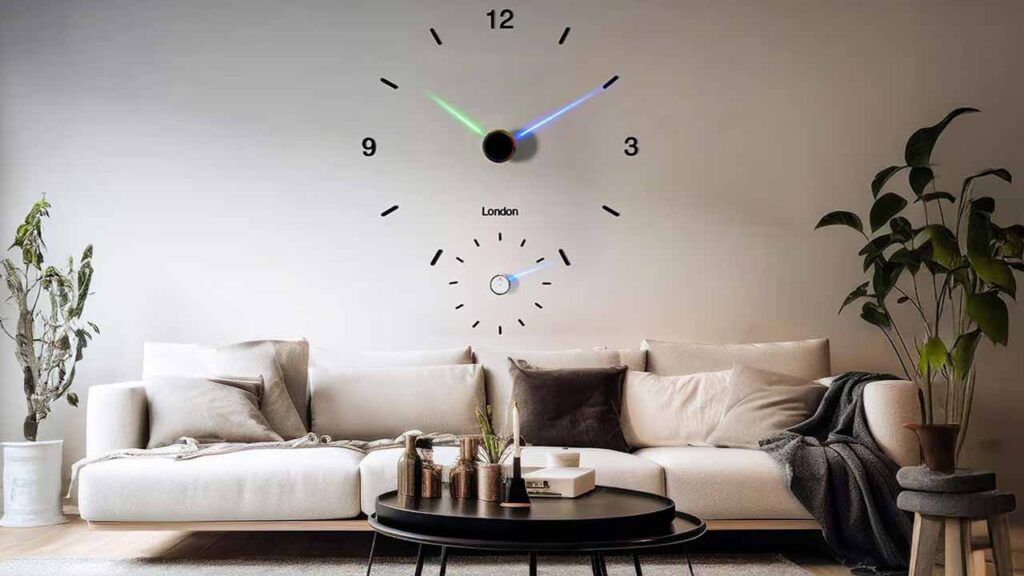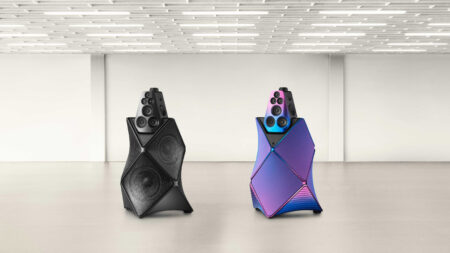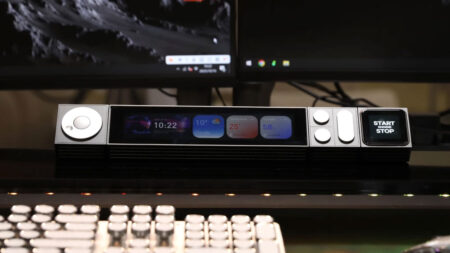Every month hundreds of projects launch on Kickstarter. Some of these end-up being sheer failures while others gain millions of dollars in support. There is no denying that a successful campaign requires significant capital investment in pre-campaigning, media, and marketing assets, but there are few projects that end up becoming a massive hit, purely on the basis of the unique value they offer. The Hubble Traveller Smart Dot Clock I saw on Kickstarter belongs to the latter category.
The giant multicolor light clock first gained popularity in 2020, when it won the prestigious Red Dot Design Award. Back then, One Balance, the company behind the clock, had only revealed a few key details about the design, which included a slim and exquisite fixture that boasted ‘LED projection technology’ to project time on the wall. Here we are almost five years later with the makers taking the Kickstarter route to get the necessary funding to execute the project.
What we can see on the crowdfunding site is a full-blown prototype of the clock that employs LED projection technology to display time. The company touts it as the world’s only smart optical chronometer with exceptional visibility even in low-light environments. But how does it do that and most importantly is it worth your pledge?
The answer to the first question lies in the name itself. The name Hubble Traveler is inspired by the Hubble Space Telescope which is known as a large, space-based observatory that takes pictures of the universe in visible, infrared, and ultraviolet light. So, functionality-wise, the clock emits light beams from its base which then formulates to become the abstract hands of a clock face. It is to be noted that the device emits LED lights to form the hands, and the numerals you see on the wall come along with the clock projection device that you need to stick on the wall.
Users can adjust the brightness and distance of the light emitted by turning the top knob of the clock. Unlike traditional watchmakers who use coated-luminescent pigments to solve low-light visibility, the Hubble Traveller uses something called the ‘Smart Perpetual Glowing System’ to adjust brightness.
The company further touts that when it starts to get darker in the evening, the internal sensor of the clock automatically adjusts the brightness of the light beams, thereby reducing power consumption. Beyond low-light visibility and Smart Perpetual Glowing, the Hubble Traveller Smart Dot Clock also features Chromatic Mood Expressions. This allows users to physically rotate the bezel or swipe the touch-face to adjust chromatic light colors while creating immersive mood experiences like the Galaxy, and Northern Lights, at will, through the One Balance App.
On the design front, the Hubble Traveller Dot Clock features a pair of multicolor LEDs in the middle. The LEDs are placed one above the other in mechanically driven rings, which the fixture incorporates. Hat tip to New Atlas that points out how light is focused through a series of lenses, and exits via slots in the side of each ring to create a precise, slim line of light on the wall it’s attached to. Not to mention, the alarm function, Bluetooth, and Wi-Fi, that come as a prerequisite. Oh, and dare I not forget that it also functions as a temperate and humidity gauge.
Also Read: Clocks to Buy in 2024
Measuring 3.9 inches in diameter and 3.4 inches tall, the Hubble Traveller Smart Dot Clock is modeled with the idea and aesthetic of a smart home. Compact, portable, and stylish, it is well-suited in office and home settings. That said, the Hubble Traveller Smart Dot Clock is doing pretty well on Kickstarter, already having barged the required funding goal. The wall clock can be availed at an early bird price of $419. It is to be noted that the creators are also making a much more feasible version of the clock called ‘The Moon’ that can be availed for $179 discounted price.
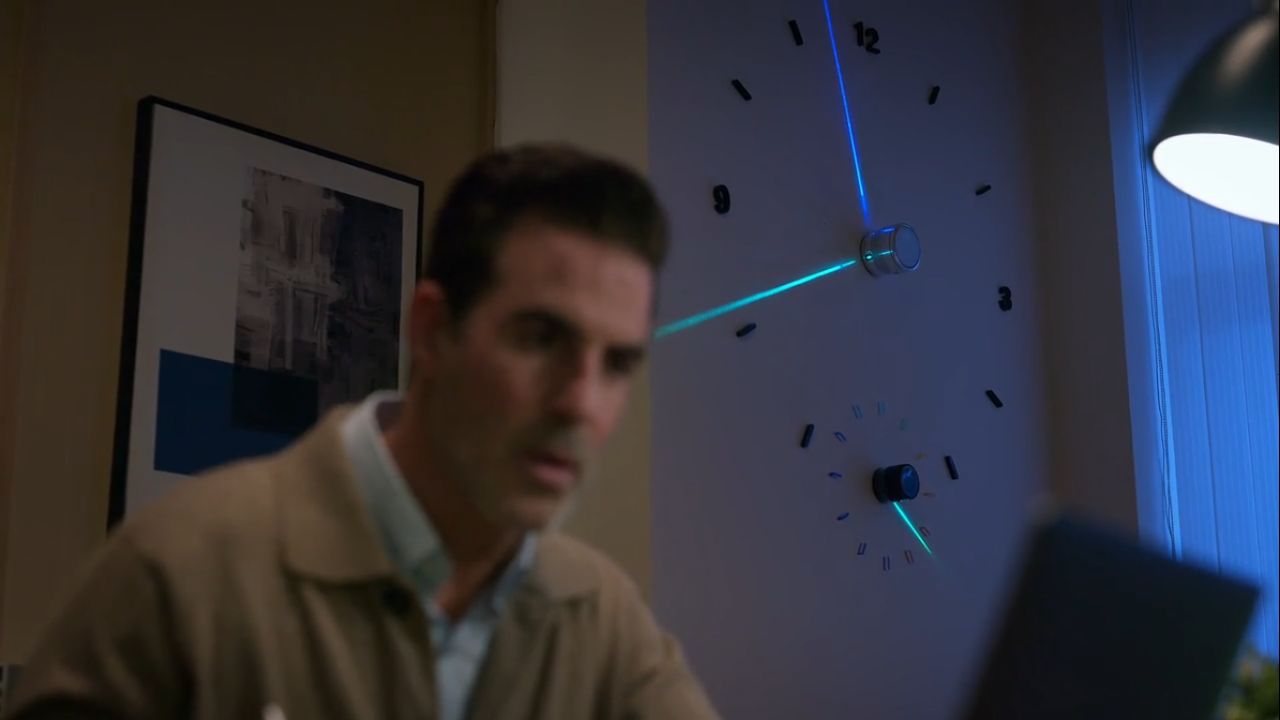
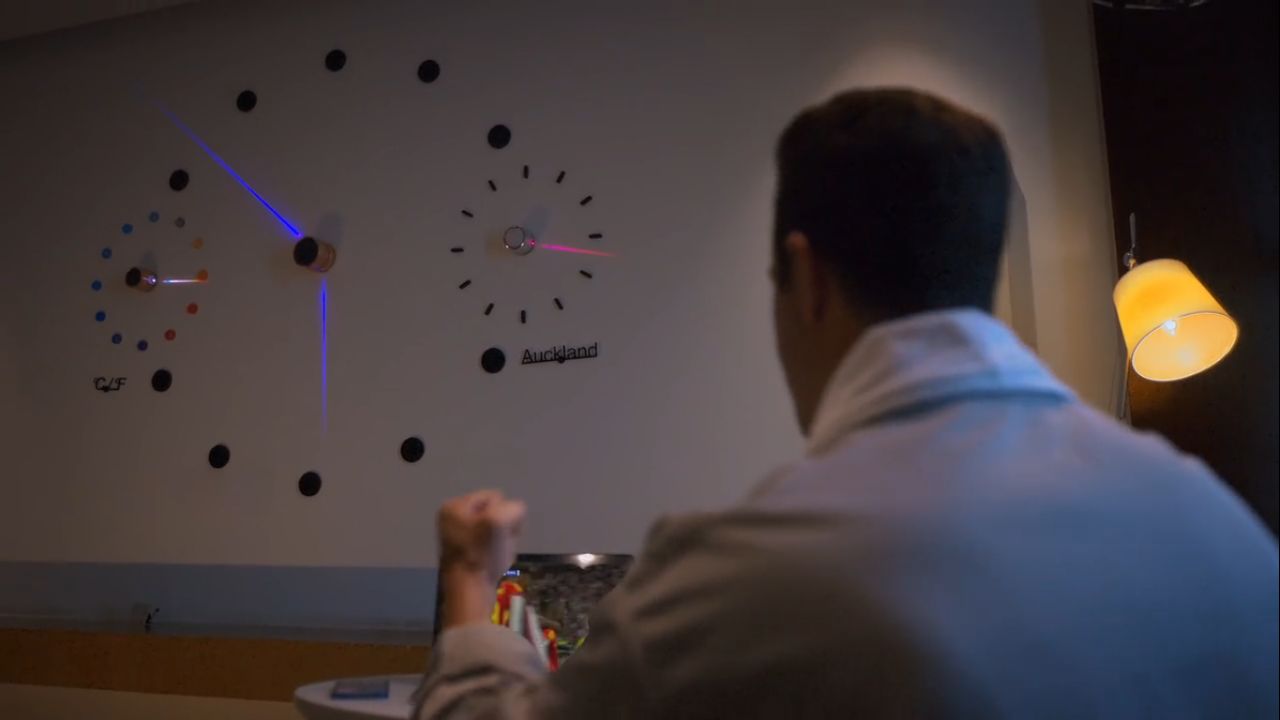
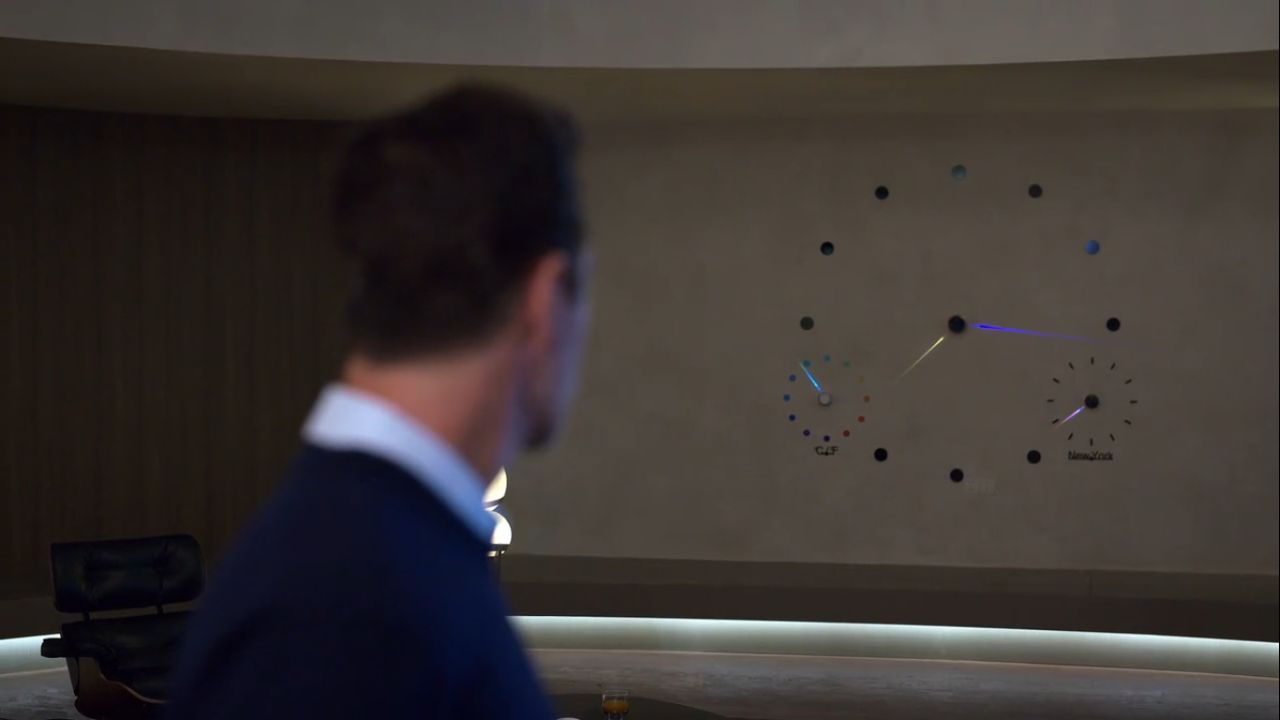
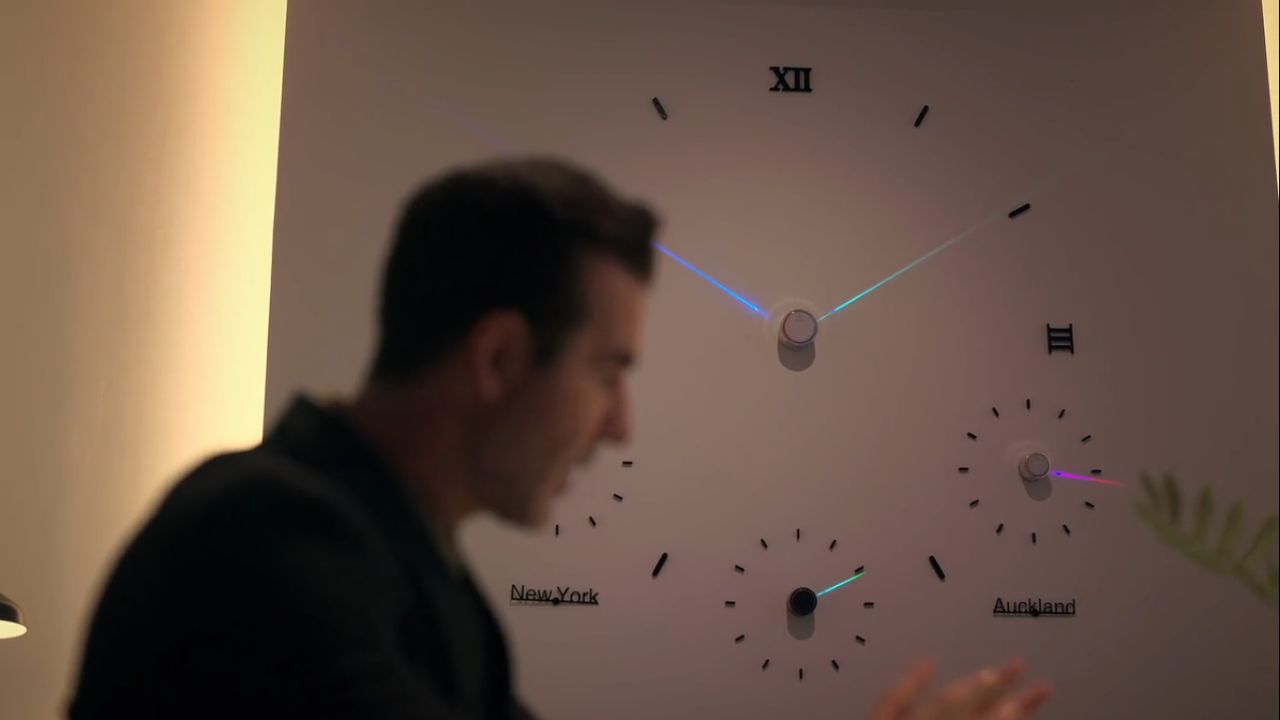

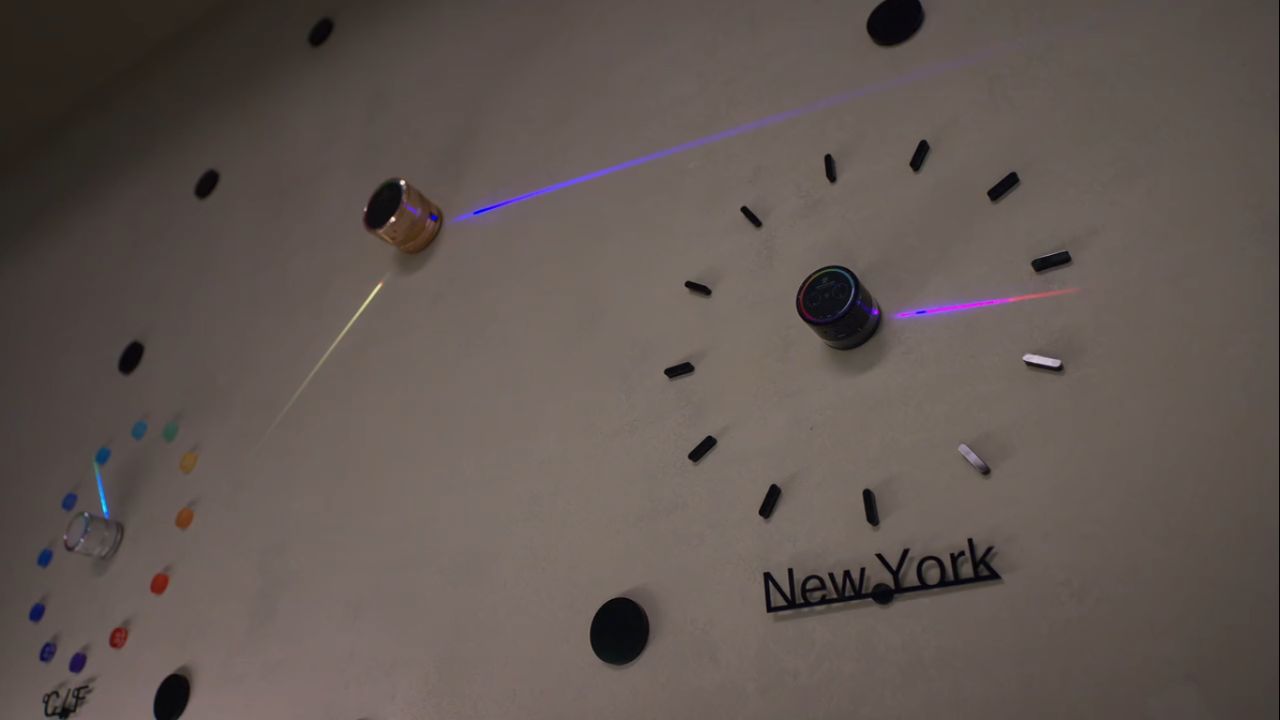
Follow Homecrux on Google News!
